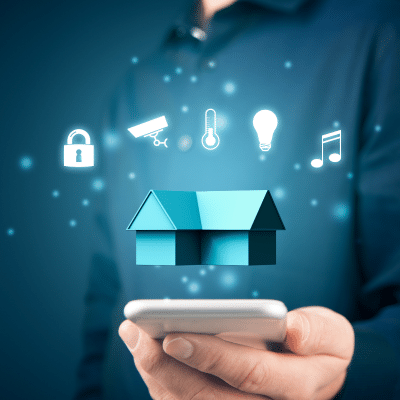S
- Sandbox Environments
- Secure Coding Practices
- Security Automation
- Security Awareness Training
- Security Champions
- Security Information and Event Management (SIEM)
- Security Orchestration
- Security Posture
- Shift-Left Security
- Smart City
- Smart Home
- Smart Manufacturing
- Smart Meters
- Smart Products
- Smart Spaces
- Software as a Service (SaaS)
- Software Composition Analysis (SCA)
- Software Defined Networking (SDN)
- Software Development Life Cycle (SDLC)
- Static Application Security Testing (SAST)
- Structured Data
Smart Home
Simple Definition for Beginners:
A smart home uses internet-connected devices to manage and control household systems like lighting, heating, security, and appliances, making life more convenient and efficient.
Common Use Example:
A smart home system allows a homeowner to control lights, thermostat, and security cameras remotely using a smartphone app.
Technical Definition for Professionals:
A smart home is an automated residential environment where devices and systems are interconnected through the Internet of Things (IoT) to enhance living conditions, improve energy efficiency, and increase security. These smart devices, such as thermostats, lighting systems, security cameras, and household appliances, communicate with each other and can be controlled remotely via smartphones, tablets, or voice assistants like Amazon Alexa, Google Assistant, and Apple Siri. Smart homes utilize sensors, AI, and machine learning to adapt to residents’ preferences, optimize resource usage, and provide real-time data and alerts. Key aspects include interoperability, data security, user-friendly interfaces, and seamless integration with existing home infrastructure.
Smart Home

